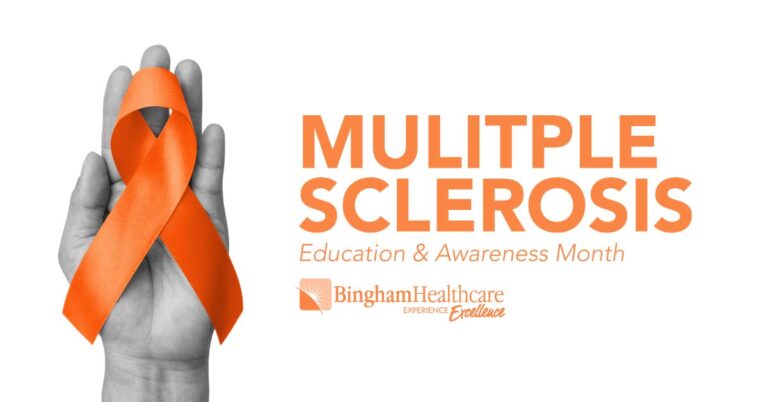
Between the Bones: Understanding Joint Pain and Arthritis
“Over 45 million Americans suffer from joint pain. But making small changes can make living with arthritis more bearable.”
Over 45 million Americans suffer from joint pain and are limited when it comes to physical activity. According to U.S. News this number is on the rise, with about 67 million projected to suffer from moderate to severe joint pain by 2030.
Each joint of the body is formed by a series of muscles, tendons, and ligaments where bones come together and provide movement and mechanical support. As we age, our cartilage wears out and loses the ability to hold as much water, which works as a shock absorber. As a result, the cartilage progressively becomes damaged. While joint pain is most commonly associated with arthritis (inflammation of one or more joints), repetitive physical activity and injury can also cause damage or pain.
Pain in joints such as the ankle, elbow, hand & wrist, hip, knee, or shoulder can prevent the body from performing everyday activities. When the surfaces of your joints wear out from arthritis, injury, or general wear and tear, the grinding of bone on bone causes pain and swelling. When left untreated, joint pain can become debilitating and cause other areas of your body to overcompensate.
How osteoarthritis, also referred to degenerative arthritis or degenerative joint disease, is treated depends on which joint is affected, but a combination of diet, exercise, and medications are usually elements used to manage the condition.
Losing just 11 pounds can cut the incidence of osteoarthritis in the knee by 50 percent, according to the Framingham Knee Osteoarthritis study. Control your weight by following a healthy, balanced diet filled with vegetables, fruits, and whole grains. At least 30 minutes of daily exercise can keep your joints flexible and improve muscle tone. (Choose water exercises if your joints are very painful.)
Arthritis medications range from over-the-counter painkillers like aspirin and topical creams to prescription inflammation reducers. Omega-3 fatty acids, found in oily fish and other sources, also help fight inflammation leading to arthritis. Learn relaxation techniques to reduce stress, such as meditation, which releases chemicals in the body that reduce inflammation.
Seek help from family, friends, and professionals to manage daily tasks and your outlook on life. To make it easier to get around, meet with an occupational therapist to discuss helpful tools, such as insoles, a cane, or handrails.
Another solution might be minimally invasive joint replacement surgery. In this procedure, the damaged bone and cartilage are removed—from around the ankle, elbow, hip, knee or shoulder—and replaced with metal and plastic prosthetics.
Find relief from your arthritis or joint pain today by visiting with J. Kendall Christensen, DO at Bingham Memorial’s Orthopedic Institute. He is board certified in family medicine and fellowship trained in sports medicine. Dr. Christensen sees patients of all ages in Blackfoot and Idaho Falls. To schedule an appointment, call: (208) 535-3626. Se habla Español.



